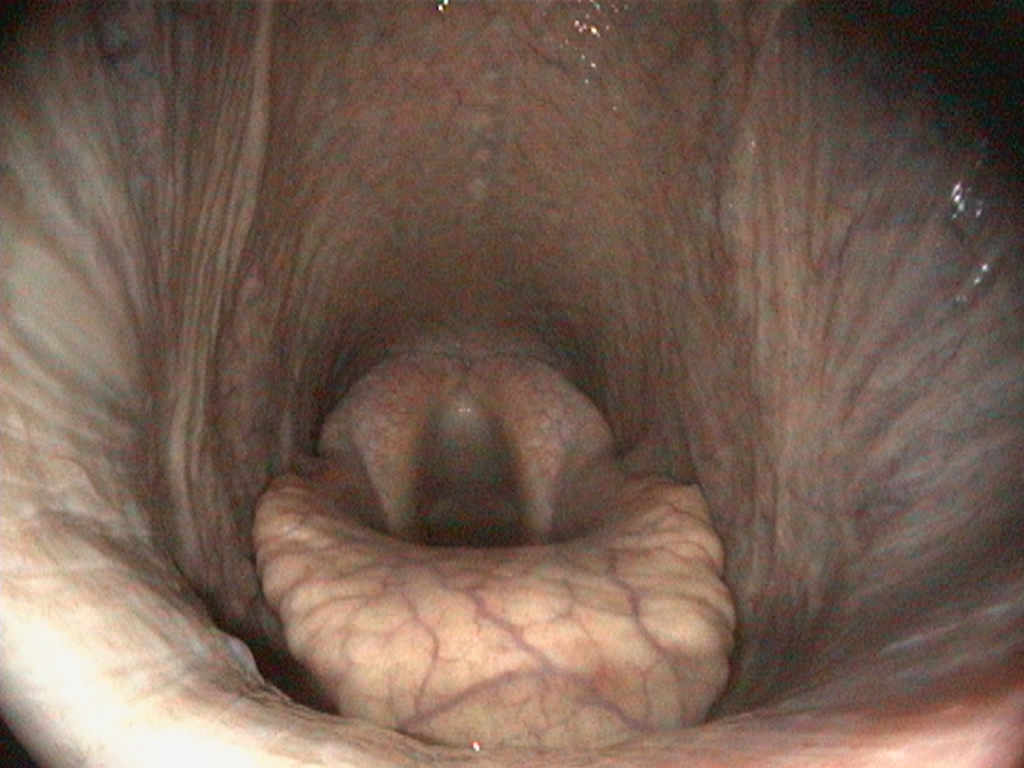Home » Examination and diagnosis » Internal Sports Medicine » Respiratory Examination
Respiratory Examination
Proper lung function is essential for both athletic performance and the overall well-being of the horse. Reduced performance, coughing, nasal discharge, or abnormal breathing sounds may indicate respiratory problems. At the Sporthorse Medical Diagnostic Centre (SMDC), respiratory examinations are performed by a Diplomate of the European College of Veterinary Sports Medicine and Rehabilitation (ECVSMR).
Indications for a respiratory examination
- Acute or chronic coughing
- Shortness of breath at rest or during/after exercise
- Nasal discharge at rest or during/after exercise
- Delayed recovery after exercise
- Below-expectation performance
- Abnormal respiratory noise during exercise
- Pre-purchase examinations
- Breeding purposes (examinations for studbooks)
Contents of the examination
The respiratory system is thoroughly examined. This includes assessing nasal discharge, abnormalities of the head, lymph node swelling, throat sensitivity, coughing, abnormal respiratory sounds, and other irregularities, both at rest, during, and after exercise. The entire lung field is carefully auscultated using a stethoscope. The examination is performed by a European specialist (Diplomate ECVSMR) and may include several components.
Endoscopy at rest
The airways can be visualized in detail using endoscopy. A flexible camera is used to inspect the upper airways (nasal passages, larynx, guttural pouches) and lower airways (trachea and bronchi). This procedure is performed with the horse standing and is well tolerated under light sedation. During the examination, we look for signs of inflammation, excessive mucus, bleeding, anatomical abnormalities, or dynamic obstructions.
Dynamic endoscopy
Some respiratory conditions occur only during exercise. To diagnose these, a dynamic endoscopy is required. During this examination, the horse is worked (for example, under saddle) while the function of the throat is monitored through live camera images. This allows even subtle abnormalities to be detected during intense exercise.
Collecting airway samples
As an additional step, a tracheal wash or bronchoalveolar lavage (BAL) is often performed to collect cells and mucus from the lower airways. This allows us to differentiate between inflammation, infection, and allergic reactions. A lavage of the guttural pouches can also be performed if indicated. The samples are analyzed immediately in our in-house laboratory, so results are usually available the same day.
In-house laboratory analyses
Our laboratory is specifically equipped for the examination of equine respiratory samples, including:
- PCR testing for infectious diseases
- Cytology of airway lavages
- Blood gas analysis (evaluation of lung function)
Diagnostic imaging of the respiratory system
In some cases, airway endoscopy alone does not allow for a complete diagnosis, for example, when the abnormality is located outside the airways, such as in the soft tissues around the throat or within the lung tissue. In these situations, CT, radiographic, and/or ultrasound imaging can provide valuable additional information.
Same-day results available
Our specialists combine the results of the respiratory examination with a thorough clinical assessment, training history, information about housing conditions, and any additional diagnostic findings. This approach provides a complete picture of the horse’s respiratory health.
The findings are documented in a written report and discussed with the owner and, when applicable, the referring veterinarian. Through specialist expertise, advanced equipment, and multidisciplinary collaboration, we provide a reliable assessment and effective treatment recommendations for all types of respiratory conditions.

Have your horse's respiratory examination performed by SMDC
Together with top specialists in their respective fields, we ensure precise and reliable examinations.
Please contact us if you would like to schedule a respiratory examination.
